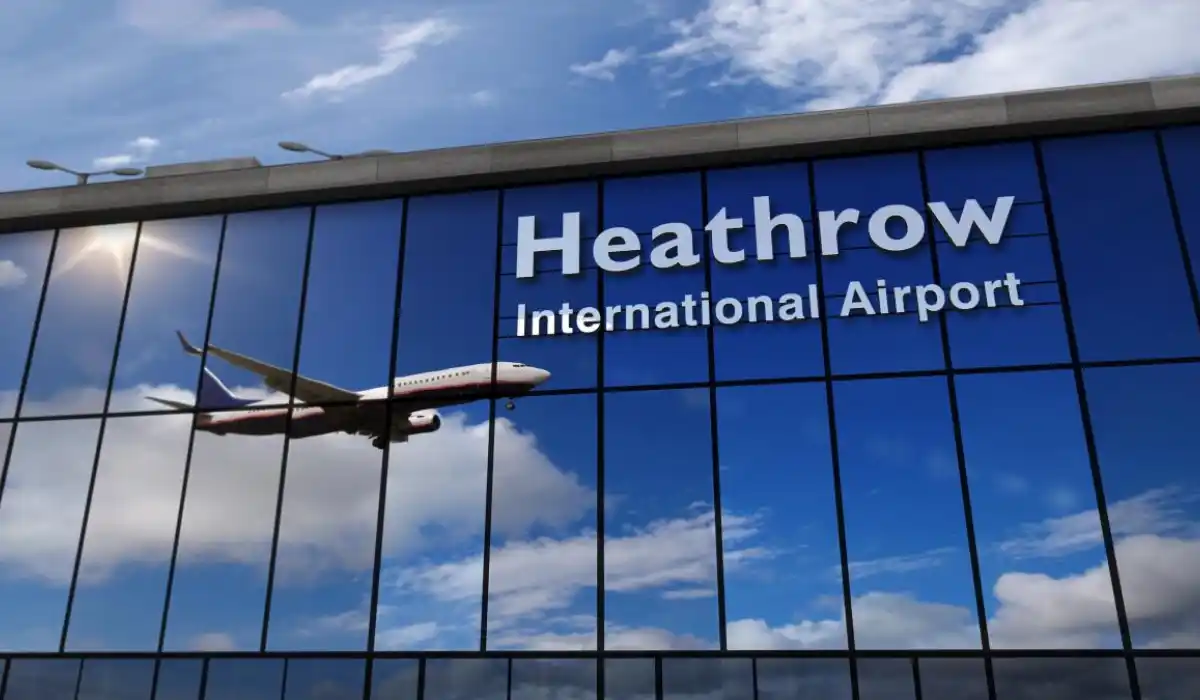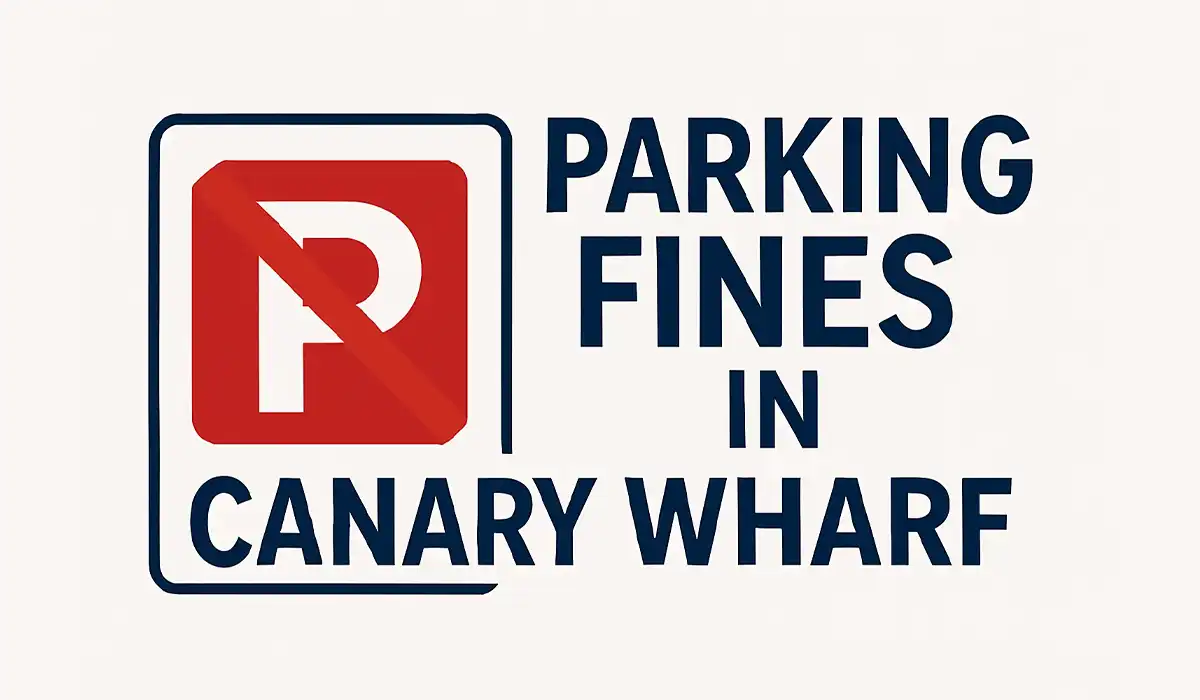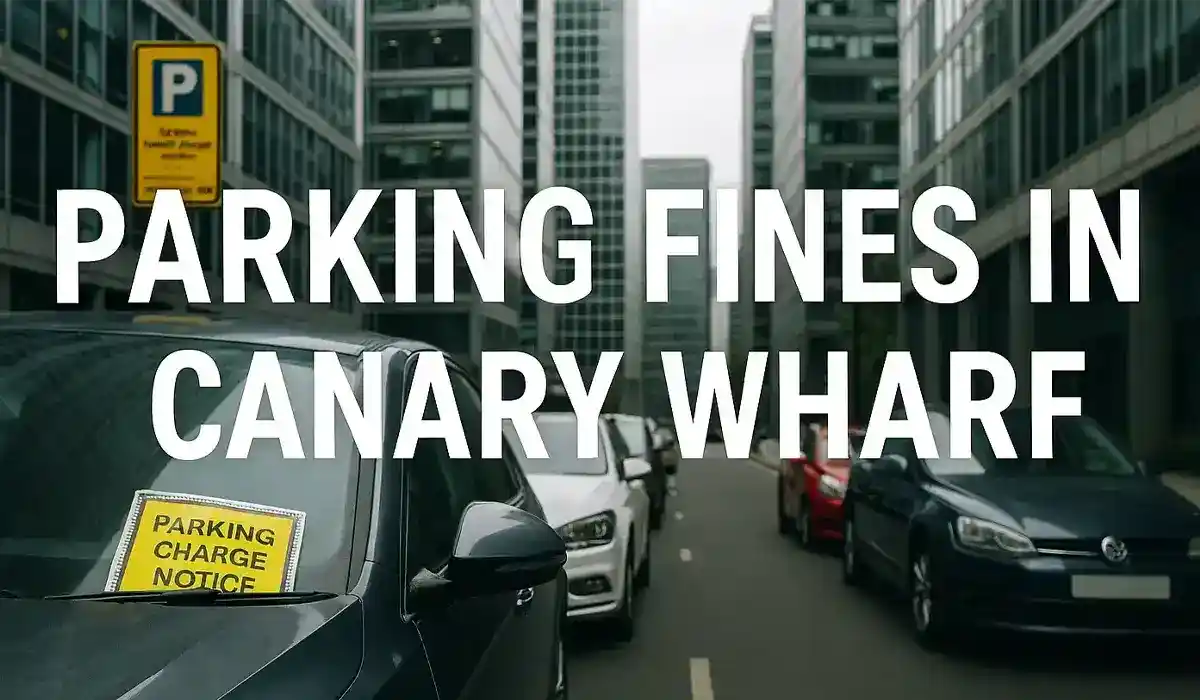Have you ever wondered why Heathrow short stay parking remains packed to capacity despite charging what many consider sky-high rates? This puzzling phenomenon affects millions of travelers annually, leaving many scrambling for alternatives when they discover the Heathrow short stay car park shows “FULL” signs across digital displays. Understanding the complex dynamics behind this situation can help you make better parking decisions and avoid last-minute stress during your airport visits.
The reality is that Heathrow car park facilities operate under unique pressures that create a perfect storm of high demand and limited supply. While the pricing may seem excessive, the consistent occupancy rates reveal deeper market forces at work that go beyond simple cost considerations.
Current Heathrow Short Stay Parking Prices and Capacity
| Terminal | Short Stay Rate (1 hour) | Short Stay Rate (2 hours) | Short Stay Rate (4 hours) | Maximum Spaces |
|---|---|---|---|---|
| Terminal 1 (Closed) | N/A | N/A | N/A | N/A |
| Terminal 2 | £6.50 | £13.00 | £26.00 | 2,100 |
| Terminal 3 | £6.50 | £13.00 | £26.00 | 1,850 |
| Terminal 4 | £6.50 | £13.00 | £26.00 | 1,200 |
| Terminal 5 | £6.50 | £13.00 | £26.00 | 3,800 |
Prices subject to change and may vary during peak periods
The Economics Behind Constant Occupancy
Premium Location Commands Premium Pricing
Short stay parking Heathrow terminal 5 and other terminals operate on prime real estate directly adjacent to departure halls. This proximity creates inherent value that travelers are willing to pay for, especially when time constraints outweigh cost considerations. The terminal proximity factor means passengers can reach check-in desks within minutes, making these spaces incredibly desirable despite the high hourly rates.
The hourly pricing model serves multiple purposes beyond revenue generation. It acts as a natural filter, discouraging long-term parking while maximizing turnover for genuine short-stay users. However, this strategy sometimes backfires when demand exceeds the intended usage patterns.
High Passenger Turnover and Limited Space
Heathrow processes over 80 million passengers annually, creating enormous pressure on parking infrastructure. The limited space near terminal buildings means that even with multiple levels and efficient design, capacity cannot meet peak demand periods. During busy travel seasons, vehicle congestion zones around terminals become bottlenecks that compound the parking shortage problem.
Last-minute arrivals particularly impact availability, as many travelers underestimate journey times or fail to account for parking challenges. This creates a cascading effect where spaces fill up faster than anticipated, leaving subsequent arrivals without options.
Why Travelers Choose Expensive Short Stay Despite Alternatives
Convenience Over Cost Philosophy
Many airport users operate under a convenience over cost mindset, particularly business travelers and those with tight schedules. The ability to park within walking distance of terminals often justifies the expense, especially when compared to the time and stress involved in using remote parking with shuttle services.
Frequent business traveler behavior shows a clear preference for predictable, fast access to terminals. These users often expense parking costs, making price sensitivity less relevant than reliability and speed.
Impact of Flight Schedules on Parking Demand
Flight schedules create predictable demand patterns that consistently overwhelm short stay capacity. Morning departure peaks and evening arrival rushes generate concentrated parking demand that exceeds available spaces. Weekend and holiday periods amplify these patterns, creating sustained periods where Heathrow car park full situations become the norm rather than exception.
The real-time parking status Heathrow systems, while helpful, often show full capacity during these peak periods, forcing travelers to seek alternatives or risk missing flights while searching for spaces.
Strategic Demand Management Through Pricing
Dynamic Pricing as a Control Mechanism
Heathrow employs pricing as demand control, using high rates to theoretically discourage unnecessary usage. However, this strategy has limitations when dealing with travelers who have few alternatives or high urgency levels. The dynamic pricing model at airports attempts to balance demand with capacity, but often falls short during peak periods.
The excessive pricing structure serves as both a revenue maximizer and a demand dampener, though its effectiveness varies significantly based on traveler demographics and circumstances. For a deeper analysis of the factors contributing to high airport parking costs, you can explore more details about why Heathrow parking is so expensive and the various economic pressures that shape these pricing decisions.
Terminal Access and Space Constraints
Airport land usage and space constraints represent fundamental limitations that pricing alone cannot overcome. Physical expansion of short stay facilities faces regulatory, environmental, and logistical challenges that make capacity increases difficult and expensive to implement.
Terminal access and passenger drop-offs compete for the same premium space, creating conflicts between different user types. The most convenient locations must serve multiple functions, limiting dedicated short stay capacity.
Peak Times and Demand Patterns
High Footfall and Vehicle Traffic Patterns
High footfall and vehicle traffic at peak times create bottlenecks that extend beyond parking availability to access and egress challenges. Even when spaces become available, the surrounding infrastructure becomes congested, making parking more difficult and time-consuming.
Morning business departure times (6 AM – 9 AM) and Friday evening leisure departure periods represent the most challenging times for securing short stay parking. These patterns are predictable but difficult to manage effectively given capacity constraints.
Seasonal and Holiday Impact
Holiday periods amplify normal demand patterns, creating extended periods where short stay facilities operate at or near capacity. School holidays, Christmas periods, and summer vacation seasons generate sustained high demand that overwhelms normal capacity planning.
Pre-book Heathrow short stay options become essential during these periods, though even advance reservations may not guarantee space availability due to overbooking practices and system limitations.
Alternative Solutions and Workarounds
Off-site Parking Options
When Heathrow short stay always full situations arise, travelers can consider several alternatives:
Meet and Greet Services: Professional parking services that collect your vehicle at the terminal, though these come at premium prices comparable to or exceeding short stay rates.
Long Stay with Shuttle: More economical options located further from terminals, requiring additional travel time but offering guaranteed availability and advance booking options.
Hotel Park and Fly: Packages combining overnight accommodation with parking, often providing better value for early morning flights.
For comprehensive information about free and paid Heathrow airport parking options, including detailed comparisons of costs and locations, explore additional resources that can help you find the most suitable parking solution for your travel needs.
Public Transport Integration
The Heathrow Express, Underground, and bus services provide viable alternatives that eliminate parking concerns entirely. These options become more attractive when short stay parking shows full capacity or when factoring in total journey costs.
Booking Strategies and Timing
Advanced Reservation Benefits
Is it possible to reserve short stay parking at Heathrow? Yes, though availability varies significantly by terminal and travel dates. Advance booking through Heathrow’s official parking website typically costs more than standard rates but provides guaranteed access during high-demand periods.
The pre-book Heathrow short stay system operates with limited capacity allocation, meaning popular times may show unavailability weeks in advance. Early booking becomes essential for reliable access.
Real-Time Availability Monitoring
Real-time parking status Heathrow systems provide current capacity information, though this data has limitations during rapidly changing conditions. Spaces may show available online but become occupied by the time you arrive, particularly during peak periods.
The Business Model Behind High Occupancy
Revenue Optimization vs. Customer Service
Heathrow’s parking operation balances revenue optimization with customer service objectives. High occupancy rates indicate successful demand management from a business perspective, even when customer satisfaction suffers due to availability issues.
The proximity vs affordability tradeoff represents a fundamental tension in airport parking management. Premium locations command premium prices, creating natural selection for users willing and able to pay higher rates.
Market Positioning and Competition
Short stay parking positions itself as a premium service for time-sensitive travelers rather than a commodity parking solution. This positioning justifies higher pricing while accepting that capacity constraints will exclude price-sensitive users.
Competition from off-site providers creates market pressure, but the convenience factor maintains demand for on-site short stay options despite pricing disparities.
Future Developments and Solutions
Technology Integration
Enhanced real-time parking status systems and mobile app integration may improve user experience and capacity utilization efficiency. However, technology cannot overcome fundamental space limitations.
Dynamic pricing algorithms may become more sophisticated, potentially improving demand distribution across different time periods and terminals.
Infrastructure Expansion
Physical expansion faces significant challenges due to space constraints and regulatory requirements. Multi-story additions and underground development represent potential solutions but require substantial investment and planning approval.
Key Takeaways
The persistent occupancy of Heathrow short stay car park facilities despite high pricing reflects complex market dynamics rather than simple supply and demand imbalances. Terminal proximity creates inherent value that many travelers prioritize over cost considerations, while capacity constraints ensure demand consistently exceeds supply during peak periods.
Understanding these dynamics helps travelers make informed decisions about parking options and timing. Advanced booking, alternative transportation, and flexible travel timing represent the most effective strategies for managing Heathrow parking challenges.
The situation highlights the broader challenge of airport infrastructure meeting modern travel demands within physical and regulatory constraints that limit expansion options.
Frequently Asked Questions
Why is Heathrow short stay parking always full? High passenger volumes, limited terminal-adjacent space, and strong preference for convenience over cost create consistent demand that exceeds capacity, especially during peak travel periods and holiday seasons.
Is it possible to reserve short stay parking at Heathrow? Yes, advance reservations are available through Heathrow’s official website and mobile app, though availability is limited and booking early is essential for busy periods.
Why are Heathrow short stay prices so high? Premium terminal proximity, high land values, operational costs, and demand management strategies contribute to pricing levels that may seem excessive but reflect the true market value of convenient airport parking.
Is there a limit to short stay car park time? Most short stay facilities have maximum stay periods ranging from 4-24 hours, with pricing structures designed to discourage long-term parking through escalating hourly rates.
Are there cheaper options near Heathrow terminals? Yes, long stay parking with shuttle services, off-site commercial parking, meet and greet services, and public transport options provide alternatives at various price points and convenience levels.
Can you park without a reservation at Heathrow short stay? Walk-up parking is available when capacity permits, but advance booking is strongly recommended during busy periods to guarantee space availability.
Conclusion
The phenomenon of Heathrow short stay car park completely full all the time when the prices are extortionate reflects the complex realities of modern airport operations. Despite what many consider excessive pricing, the combination of premium location value, capacity constraints, and traveler behavior patterns ensures consistent high demand that regularly exceeds available supply.
Understanding these dynamics empowers travelers to make better decisions about airport parking, whether through advance booking, alternative options, or adjusted travel timing. While the situation may seem frustrating, it reflects broader challenges in balancing infrastructure capacity with growing travel demand in constrained urban environments.
For travelers seeking reliable airport parking solutions, the key lies in planning ahead, considering alternatives, and understanding that Heathrow car park facilities operate under unique pressures that make traditional cost-benefit analyses less applicable than in typical parking scenarios.














I really like your writing style, excellent information, regards for putting up : D.